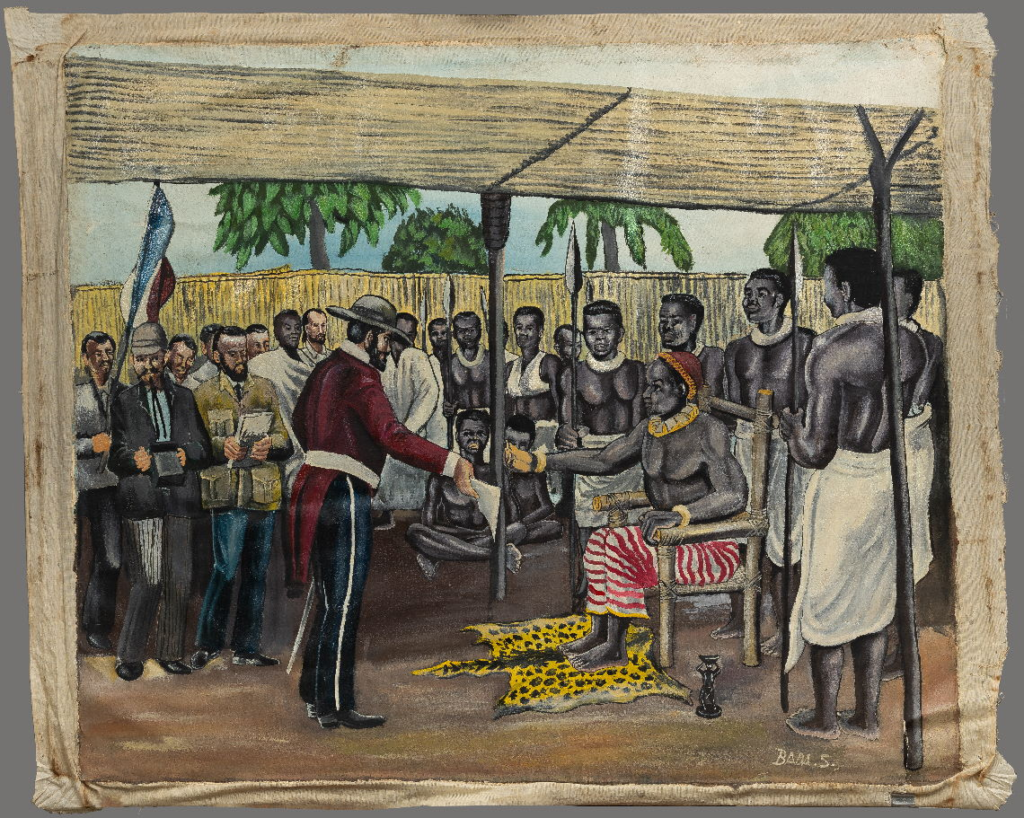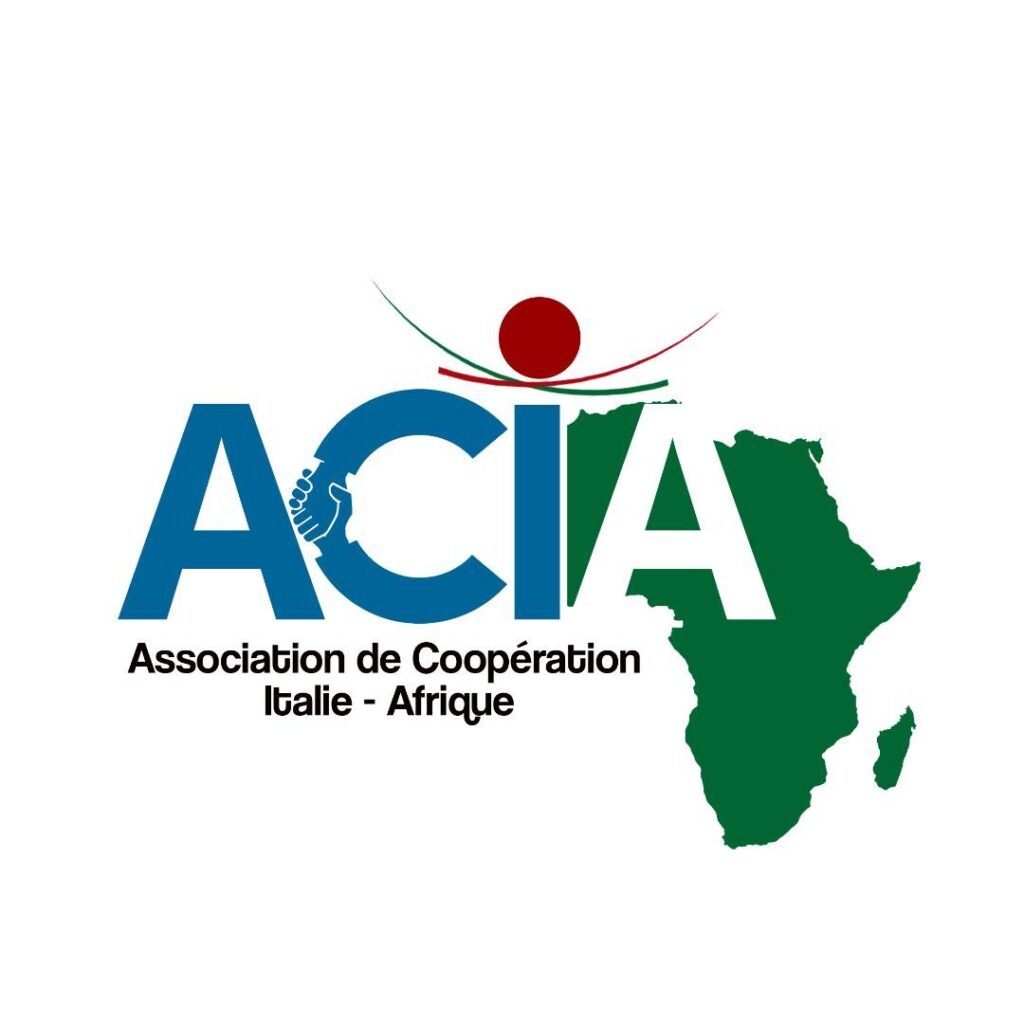A Bridge Between Past and Present
The 10 September 1880 marked a crucial moment for sub-Saharan Africa with the signing of the Makoko-De Brazza Treatyan agreement that redefined relations between the Téké Kingdom and France, laying the foundations for a complex historical and cultural legacy. Today, in 145 years away, the Téké General Confederation (CGETE) intends to turn the spotlight back on this page of history with the project "On the Route of History"a cultural event scheduled from 9 to 13 September 2025 in Brazzaville, Congo.

The initiative, which aims to enhancing cultural identity and to create a space of open and pedagogical dialoguerepresents not only a commemoration, but an opportunity to build bridges between African and Afro-descendant communities, involving high royal officesinstitutional representatives and international scholars.
1. The Historical Significance of the Makoko-De Brazza Treaty
Context and Impact
The Treaty Makoko-De Brazza, signed between King Makoko VIII and the French-Italian explorer Pietro Savorgnan of Brazza, sanctioned the French protectorate over the Congo Basin. This agreement, often debated for its colonial implications, is today re-read as a symbol of cultural resilience and of diplomatic negotiation ante litteram.

For the CGETE, commemorating this date means recognising common roots and transform memory into an instrument of social cohesion. As emphasised by the director Romina Kocina in the context of Gorizia-Nova Gorica Capital of Culture 2025, similar projects have the power to 'demolish boundaries and prejudices' .
2. "On the Route of History": Project Structure and Objectives
Programme of Events
The event will consist of five days full of activities:
- Historical Conferences: Debates with academics and community representatives on the significance of the treaty and its contemporary impact.
- Interactive Exhibitions: Multimedia installations tracing the life of King Makoko VIII and transatlantic relations.
- Artistic PerformancesTraditional Téké dance performances and collaborations with Afro-descendant artists.
- Policy Roundtables: Participation of high royal offices from all over sub-Saharan Africa and international delegations.
- Educational Workshops: Workshops for schools and universities on the preservation of intangible heritage 58.
Key Objectives
- Revitalising Collective MemoryThrough innovative pedagogical tools, such as exhibitions and workshops.
- Promoting Intercultural Dialogue: Involving African and diaspora communities in a constructive dialogue.
- Strengthening Institutional Networks: By creating partnerships with international cultural organisations, along the lines of GO!2025 46.
3. Why support this project?
Cultural and Social Impact

As demonstrated by events such as the European Capital of Culture 2025 of Gorizia-Nova Gorica, transnational projects can generate a long-term impacttransforming culture into an engine of economic development and inclusion 48. For the CGETE, institutional support will ensure:
- Global VisibilityThe event will attract international media and cultural influencers.
- Sustainability: Creation of a digital platform to preserve the materials produced.
- Community Empowerment: Training young leaders in heritage management.
For Institutions and Partners
The Téké General Confederation seeks cooperation with:
- Public Bodies: Financial or logistical contributions for the organisation of spaces.
- Private SponsorsPartnership for the realisation of exhibitions and performances.
- Universities and Research Centres: Academic support for historical content.
4. Lessons from Similar Experiences: The Case of GO!2025
The example of Gorizia and Nova Gorica, designated European Capital of Culture 2025, offers valuable insights. Their programme, based on themes such as 'War and Peace' e 'Creation of the new'demonstrates how culture can transcend geographical and historical boundaries. Similarly, 'On the Route of History' aims to:
- Use art and history as instruments of diplomacy.
- Integrate digital technologies to reach a global audience.
- Creating a accessible historical archiveinspired by the 'Walk of Peace' project.
5. How to Participate or Offer Support
Modalities of Involvement
- Institutional ParticipationSymbolic presence of representatives during the opening ceremony.
- SponsorshipsBranding on promotional materials and access to international networks.
- Cultural Collaborations: Exchanges of artists or experts to enrich the programme.
Contact
For more information or to formalise support:
- Email: info@aedic.eu
- Phone: +39 334 3482408
An Opportunity to Write History
The project 'On the Route of History' is not just a commemoration, but a act of cultural renaissance. At a time when historical divisions risk re-emerging, initiatives like this one remind us of the importance of dialogue and shared memory.
As the mayor of Gorizia, Rodolfo Ziberna, stated, 'culture is the glue that unites peoples and borders'.. Supporting the CGETE means contributing to a fundamental chapter in African and global history, ensuring that the voices of the past illuminate the future.
Do not hesitate to contact us to be part of this legacy.







Magnifique travail. Idéal pour tous ceux et toutes celles qui sont portés vers l'histoire des peuples.
Félicitations pour ce beau travail. Soutenons cette initiative formidable qui révèle les contours de l'histoire commune de notre société .